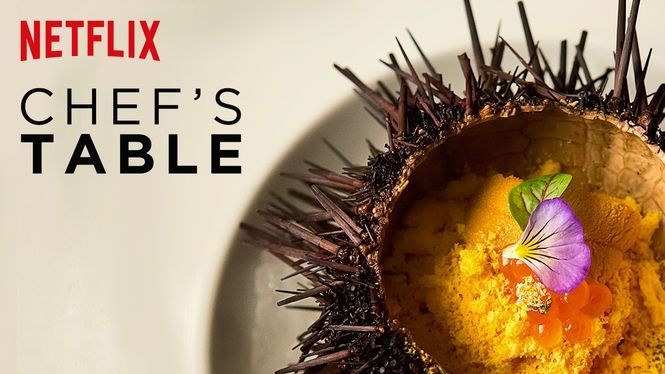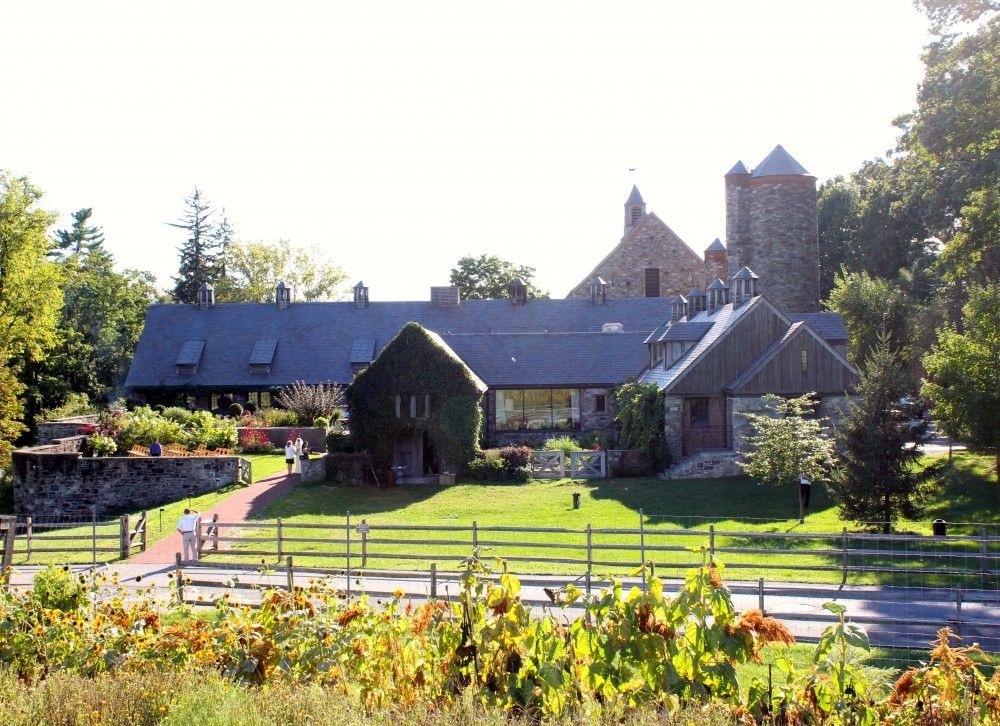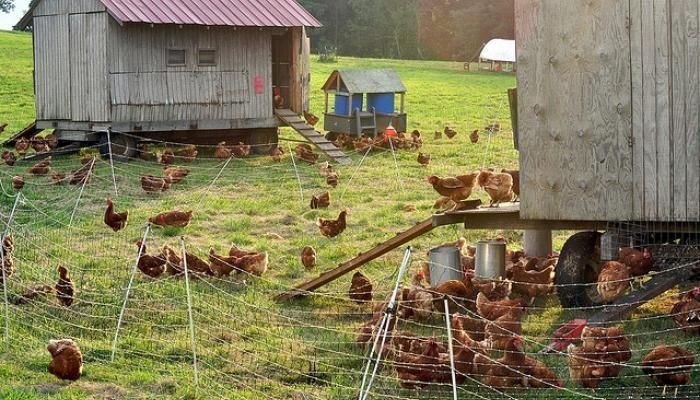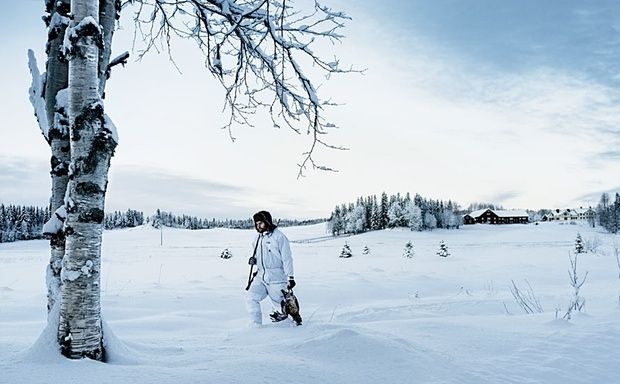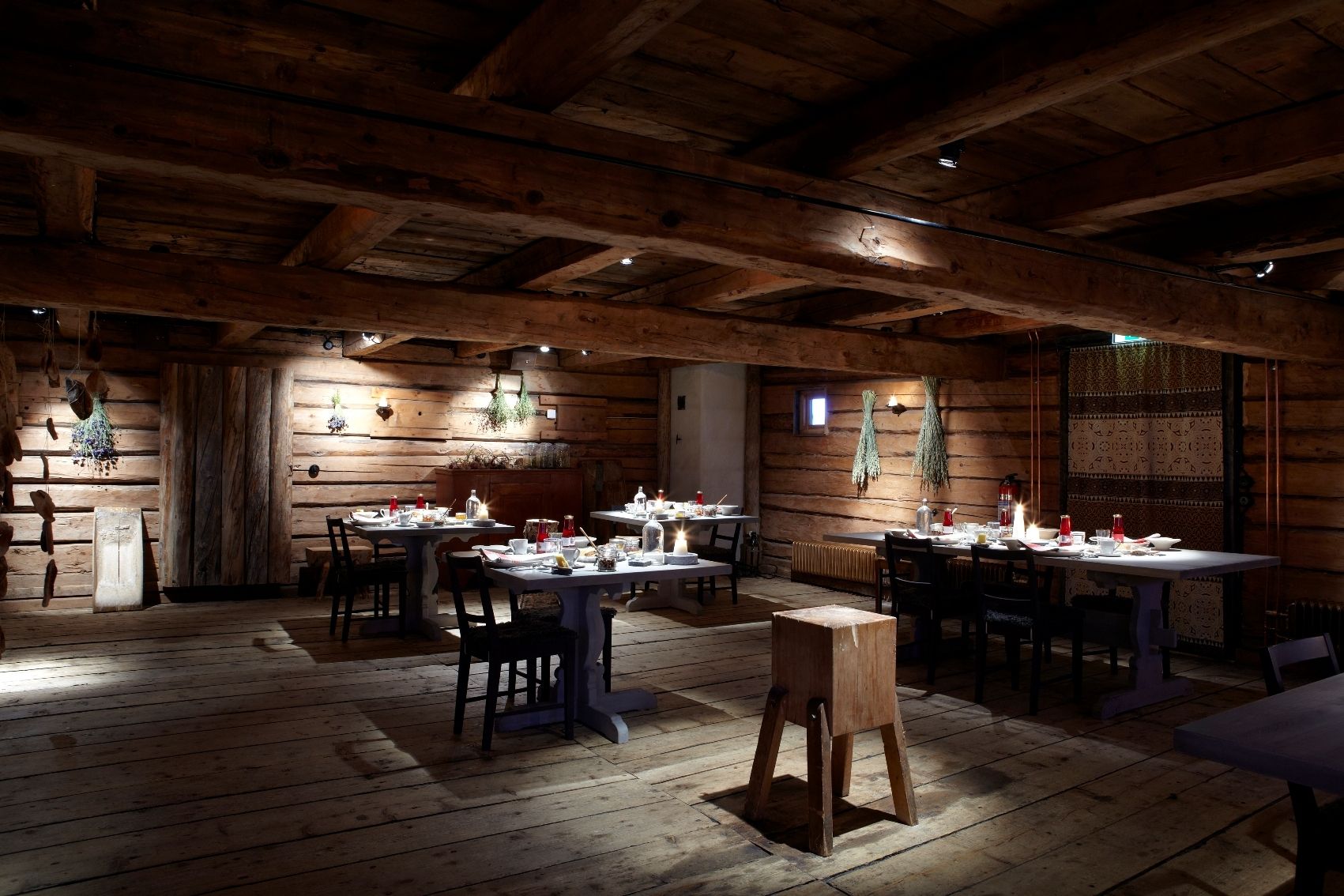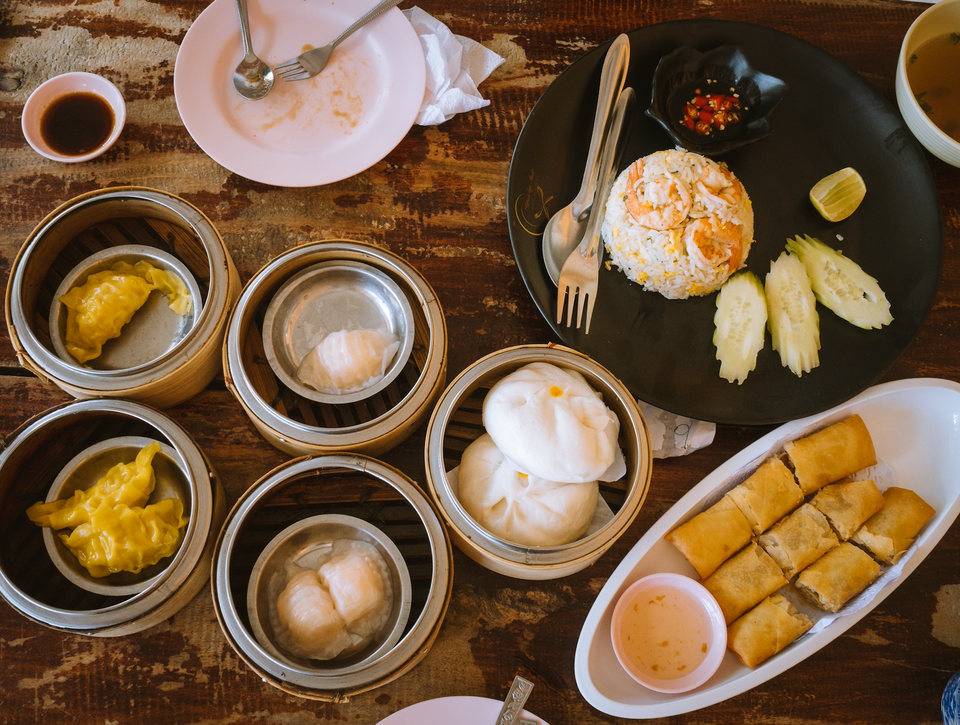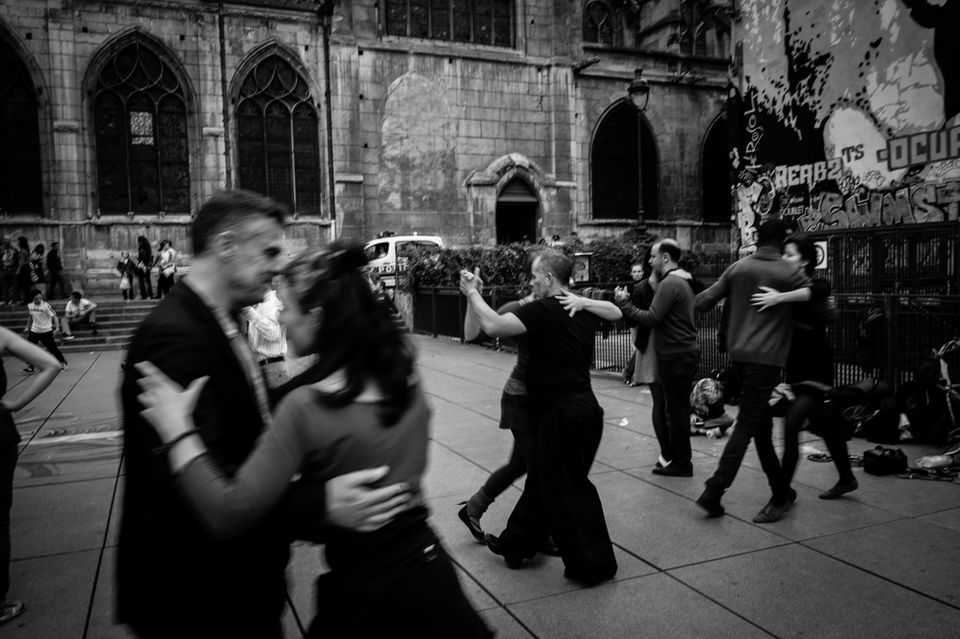“Every real thing is a joy, if only you have eyes and ears to relish it, a nose and tongue to taste it.” — The Supper of the Lamb
I remember the cooking that defined my childhood. It wasn’t anything too extraordinary, but to me, nothing rivaled it. The reviving heartiness of Mom’s casserole and Sunday pot roast, the ecstasy of Dad’s grilled cheese, the comfort of Grandma’s desserts—these dishes forever left their mark on my unformed palate and soul.
I suspect many feel the same way. Our various cuisines, informed by family traditions, ethnic backgrounds, and the particularities of time and locale, form as much a part of our identities as our places of origin. Recalling these earliest experiences of food brings us back to a particular feeling, primal and vital, that is intimately bound up with childhood—a sense of wonder at an undiscovered world, full of new possibilities. It brings us back; or, rather, the past expresses itself again in the present. In such moments, I feel the immediacy of existence here and now, senses reanimated by memory.
Chef’s Table, a new Netflix-produced series from David Gelb (the man behind the 2011 hit Jiro Dreams of Sushi), elegantly captures this mood at the nexus of memory, creativity, and food. Unlike other food shows, Chef’s Table does not involve competitions, recipe demonstrations, or reality-TV drama. Instead, each episode of the series immerses us in the world of one chef, some internationally acclaimed, others in the early stages of their careers, but all captivating: Massimo Bottura (Osteria Francescana in Modena), Dan Barber (Blue Hill in New York City), Francis Mallmann (Patagonia Sur in Buenos Aires), Niki Nakayama (N/Naka in Los Angeles), Ben Shewry (Attica in Melbourne), and Magnus Nilsson (Fäviken in Järpen, Sweden). Breathtaking cinematography and dynamic music—notably Max Richter’s dazzling recomposition, or re-expression, of Vivaldi’s Four Seasons—complement intimate vignettes of work and personal life. What emerges is not a confusion of egotistical personalities, but a unified portrait of artistic endeavor, a kind of phenomenology of creativity.
Each episode of Chef’s Table offers a penetrating look at not only the person of each chef, but also at his or her distinct philosophy and underlying attitude toward food. It slowly becomes apparent, however, that food qua food, although essential (these are chefs, after all), is not the real subject of the series. It might be more accurate to say that the series uncovers each chef’s underlying attitude and orientation toward the artistic process, toward the act of creation itself. And while each chef surely has a distinct style, a particular interpretation of the problem of creation, there remains a remarkable unity among them in the conception of that problem: “How do I effect transformation? How do I make one thing another? How do I make the past present? How do I change the other through my act of giving?”
Dan Barber | Blue Hill at Stone Barns
For Dan Barber, an early proponent of the farm-to-table movement, the answer lies in the holism and simplicity of nature. Barber argues that the most naturally, ethically sourced foods—the greens that you can grow in your own backyard, the vegetables that Barber grows at his restaurant’s accompanying farm—are also the best-tasting foods. Local ingredients combat commercial agriculture’s sterilizing effect on food, which tends to strip away valuable nutrients. Intentionality and care make a particular food something to be considered, experienced in its full, true essence, rather than merely consumed. With enough work and education, with a constant questioning of our conventionally held attitudes and assumptions, one can build a virtuous cycle of sustainability, taste, and pleasure. Barber acts as a kind of Socratic guide and facilitator, opening people up to the possibility of a transformative encounter with a new way of eating and being.
Magnus Nilsson | Fäviken
Magnus Nilsson—head chef at Fäviken, a combined restaurant and lodge in an extremely remote region of Sweden—approaches cooking in a similar fashion. The staff at Fäviken, according to its website, “do things as they have always been done at Jämtland mountain farms.” As at Blue Hill, ingredients are sourced locally from the surrounding farmland. Traditional methods add layers of history and communal richness to the food. Because of the region’s harsh winter climate, the restaurant relies on ingenuity to maintain its localized vision; foods harvested in summer and autumn can be stored or preserved for months at a time, a process that brings out new tastes and qualities in them. Nilsson himself fishes for the selections of the day, and the menu varies depending on what he catches. All these factors work together to draw attention to the slow cycles of the seasons, of nature, against the noisy, breakneck cycles of the technological world. The place has a feel almost of a monastery. Secluded, perched high above the concerns of everyday life, it offers clarity and solace from the chaotic din below. People come here to be changed, renewed.
For these chefs and others in the series, a sort of cosmic unity, a harmony within oneself and with the world, forms the telos that principally guides their craft. Order and symmetry grace their dishes as well as their method. Food is merely the stuff, the means of this endeavor, not the form. The stuff might as well be pigment and canvas, or sounds and instruments. The more basic element, common to all artists, is the formal, physical reordering of that stuff into something else. By this process of transformation, new ideas, experiences, and possibilities emerge. What was once obscured is made visible; truth exists in the uncovering. And yet food is unique after all. It is meant not merely to be looked at or thought on, but ingested, literally made a part of us. Dan Barber’s dishes—whether simple, like radishes and other greens pinned onto a wooden display, or more complex, like humanely-raised veal wrapped in kohlrabi and coriander flowers—transform everyday ingredients into semi-sacramental objects, capable of reorienting us toward a new way of participating in the world. A carrot is no longer just a carrot, a mundane vegetable that, if we’re honest, is not terribly exciting. A carrot becomes something more, something that invites us to ponder, as one food critic put it, the “carrot-ness of carrot,” the depth behind the ordinary.
But a darker, more volatile strain of creativity also appears in Chef’s Table, one that comes nearer to Isaiah Berlin’s description of eighteenth-century German Romanticism:
“Creation was a most ineffable, indescribable, unanalyzable personal act, by which a human being laid his stamp on nature, allowed his will to soar, spoke his word, uttered that which was within him and which would not brook any kind of obstacle.
The chef in this conception is less a skilled master capable of dazzling transformations than a mad genius stricken by fate, doomed to suffer and create. The pursuit of art can be a curse, depriving one of family and friends. But one must pursue it. One cannot live in a world where one cannot create.
Francis Mallmann | Patagonia Sur
This Romantic spirit shows itself most fully in Francis Mallmann, an international chef based in Argentine Patagonia. A fitting epigraph by Blake welcomes us to his Instagram page: “He who desires but acts not, breeds pestilence.” Mallmann is easily one of the less likable personalities on the series; while other chefs at least attempt to balance their work with families and spouses, Mallmann has a decidedly more pessimistic view of human relationships. His romantic partner, with whom he has an infant daughter, lives in another country, and he visits them a few days a month, because familiarity breeds contempt. A lifelong friend has developed other interests, and so Mallmann coolly decides he has no reason to speak with him anymore, because life is too short not to act on your own desires. But beneath his libertine, Nietzschean surface lies a powerful creative force fascinating to witness.
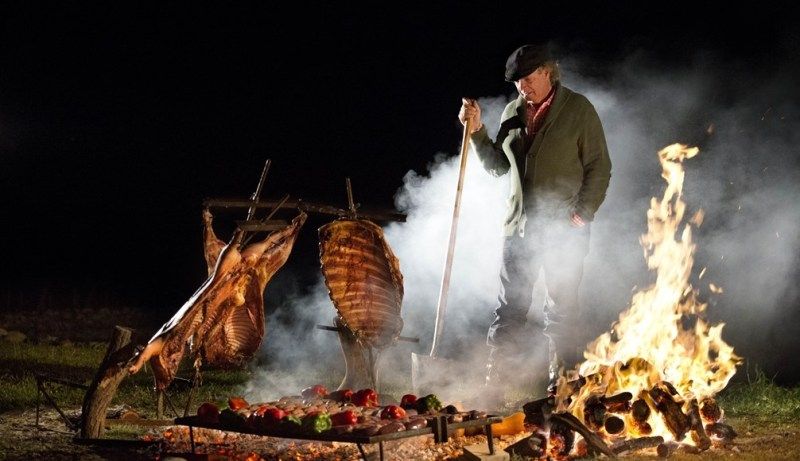
Mallmann occasionally entertains guests at his island cabin in Patagonia. To get there, one must travel hours by car, then an hour by boat, to the middle of a lake surrounded by the mountains that border Chile. Here, at the end of the world, Mallmann captures the essence of the land in his simple, rustic approach to cooking. Inspired by gaucho practice, he sears giant racks of meat over open wood fires and smolders vegetables in large pits. He utilizes the elements themselves—growing up, he says, “our house was ruled by fire”—creating a multi-sensory experience that puts the diner in the midst of nature. This carefully crafted mise-en-scène is an exhilarating, intoxicating brew. Mallmann plays the master of ceremonies expertly, leading guests to their own rapturous and solitary heights. After coming back down from the ascent, however, it is hard not to feel strangely empty. Freedom can be an alienating road.
Massimo Bottura | Osteria Francescana
Meanwhile, nearly 8,000 miles away in the ancient city of Modena, Italy, Massimo Bottura pursues his craft with a very different kind of vision. At his restaurant Osteria Francescana, currently ranked second in the world, Ezra Pound’s exhortation to “make it new” finds application in a culinary milieu. The “it” in this case refers to the traditional Italian cuisine that Bottura grew up eating, the tortellini and lasagna dishes of Italy’s Emilia-Romagna region. The youngest of a large family, Bottura remembers hiding under the kitchen table as a boy, seeking haven from his raucous older brothers. From this uncommon vantage point he discovered a new world. He would watch through a haze of flour as his grandmother hand-rolled tortellini for the family meal; at opportune moments he would even pilfer bits of the pasta, relishing the taste heightened by mischief and discovery. This dish impressed itself on Bottura so strongly that he has named it his “life plate.”
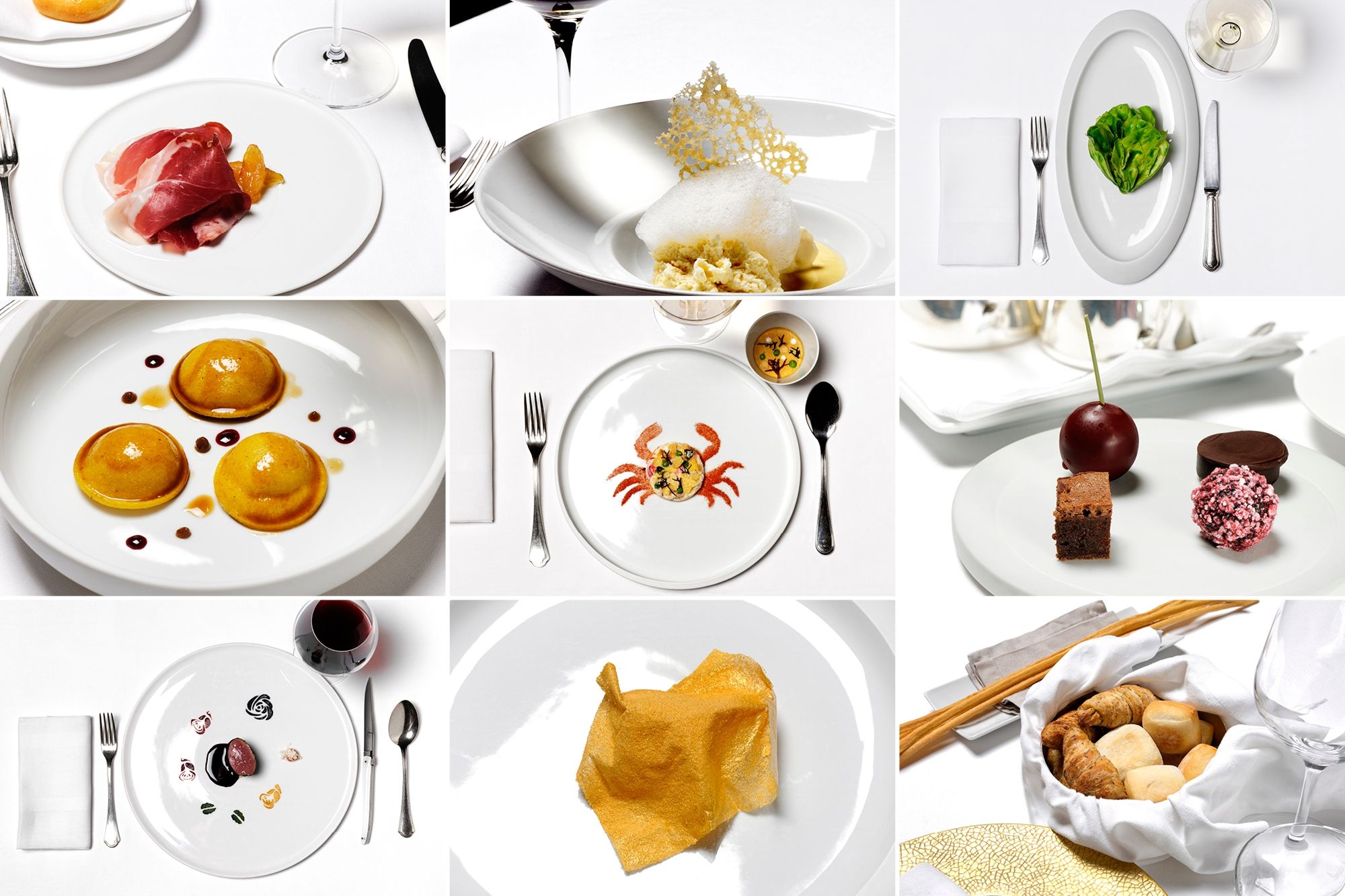
Although Bottura has earned a reputation for avant-garde, often “irreverent” takes on traditional dishes in his insatiable desire to “make it new,” the image of the child under the table—a memory fusing taste, curiosity, culture, and family—signifies the primary feeling he wishes to impart to patrons of his restaurant. While Mallmann’s wild sophistication often obscures this childlike simplicity, in Bottura it shines forth with joy. His goal is to lead a person back to the spark of wonder that comes on the verge of the unexplored, to the startling shock of surprise at the familiar and unexpected placed side by side. (One of his signature dishes, “Five Ages of Parmigiano Reggiano,” incorporates five different ages and textures of Emilia-Romagna’s ubiquitous cheese. Alas, I cannot speak for its taste, but its charming presentation alone aroused my imagination.) In the end, Chef’s Table communicates this most persuasively: the mysterious and playful interrelation of senses, emotions, and memories which elevates eating from dull routine to sacred ritual.

